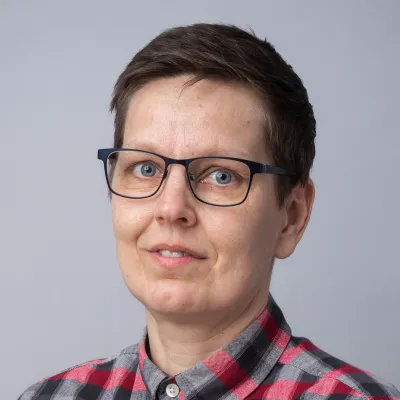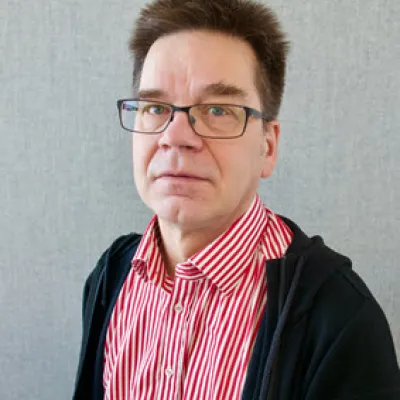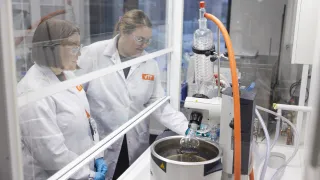More than 60% of the jobs in Finland are in small and medium-sized enterprises (SMEs). According to the Confederation of Finnish Industries, however, our SMEs only account for approximately one third of the total export revenue. In comparison, the SMEs in the other Nordic countries bring home up to 50% of the national export revenue. It looks like there is a major opportunity for growth in the Finnish SME sector – how can we bring our SMEs more broadly on the growth path to generate the all-important export revenues?
In proportion to the population, the Finnish economy is smaller than, for example, in Sweden, where the productivity of working hours (GDP) is also higher, as Markus Jäntti has compared in his article Talouden Finnkampen. Our domestic capital is also scarce and we often do not have the resources to support our companies to grow to the Mittelstand class without international funding. A unique competitive advantage is needed to attract foreign investments and get foreign companies to set up shop in Finland.
One part of the solution is to increase research, development and innovation (RDI) activities. RDI is a tool to renew company operations and offerings, to introduce more efficient production methods, to create disruptive solutions, and also to establish international business. Studies have shown that RDI fosters new expertise and intellectual property rights (IPR), which ideally lead to the creation of new services and products as well as new business models and growth.
Intangible value creation and replicable concepts in the creative sector should not be forgotten in RDI and its support either, as Kaarlo Hildén and Petri Rouvinen wrote in Debatti in August. Games, TV productions, music and literature, just to name a few, can radiate in their surroundings and induce business in other sectors and value chains in the scale of billions of euros. The SME sector plays a particularly important role in this.
However, RDI requires patience: we know from experience that the benefits of RDI can materialize and lead to revenue with a delay of up three to five years, or in the case of large industrial investments, even up to ten or fifteen years from the initial IPR creation. Nevertheless, research and development pays off also in other ways: it enables keeping up with the changing market and competence needs. Of course, we also need strong storytelling, branding and partnerships to succeed in the market.
Disruptions in the market open up new opportunities
In the currently slow economy in Finland and considering the geopolitical and environmental turmoil that has been going on for quite some time, it is wise and even a necessity to carry on with development work. The circular economy and green transition, digitalisation and artificial intelligence are shaping and even disrupting the market in many sectors. And it’s not just the deep tech technology companies that can start building business for themselves from these fault lines - our agile SMEs can seize on the digitalisation of trade, artificial intelligence- based expert services, or the utilisation of product passport data in extending the life cycle of products. Now is the time to act!
The Finnish Government has set a target to double the number of so-called Mittelstand companies (medium size growth companies) by 2030, with the Ministry of Economic Affairs and Employment as the key implementation party. Accordingly, the ministry launched a multi-party, public entity-based task force early this year to collect and propose measures and propose a growth plan for the SMEs. The task force has been working actively and proposes measures in different administrative branches related to public funding, taxation, employment policy and also RDI activities. With regard to R&D funding, the Government has already committed to increasing public funding by approximately EUR 280 million per year.
However, the public sector measures cannot not take us all the way. Our large companies can stand up and to provide leadership and goodwill for business collaboration with the SME companies, including new business models. The SMEs should keep an open mind and have the courage to experiment, renew and grow through RDI and science.
Now is a good time to roll up our sleeves and get going! We as RDI actors want to offer our expertise and international networks for RDI and collaboration.
Business Finland (BF) can also provide with concrete support and funding. Read more about BF funding for SMEs.
We hope to see and hear from you!
Case: How a new circular economy concept was born
Several partners worked together to explore how to increase the recycling of polystyrene.The Business Finland funded MoPo research consortium, led by VTT, allowed CH-Polymers to investigate a sustainable option of circulating polystyrene back to a raw material.
Read more






